10 things a black hole
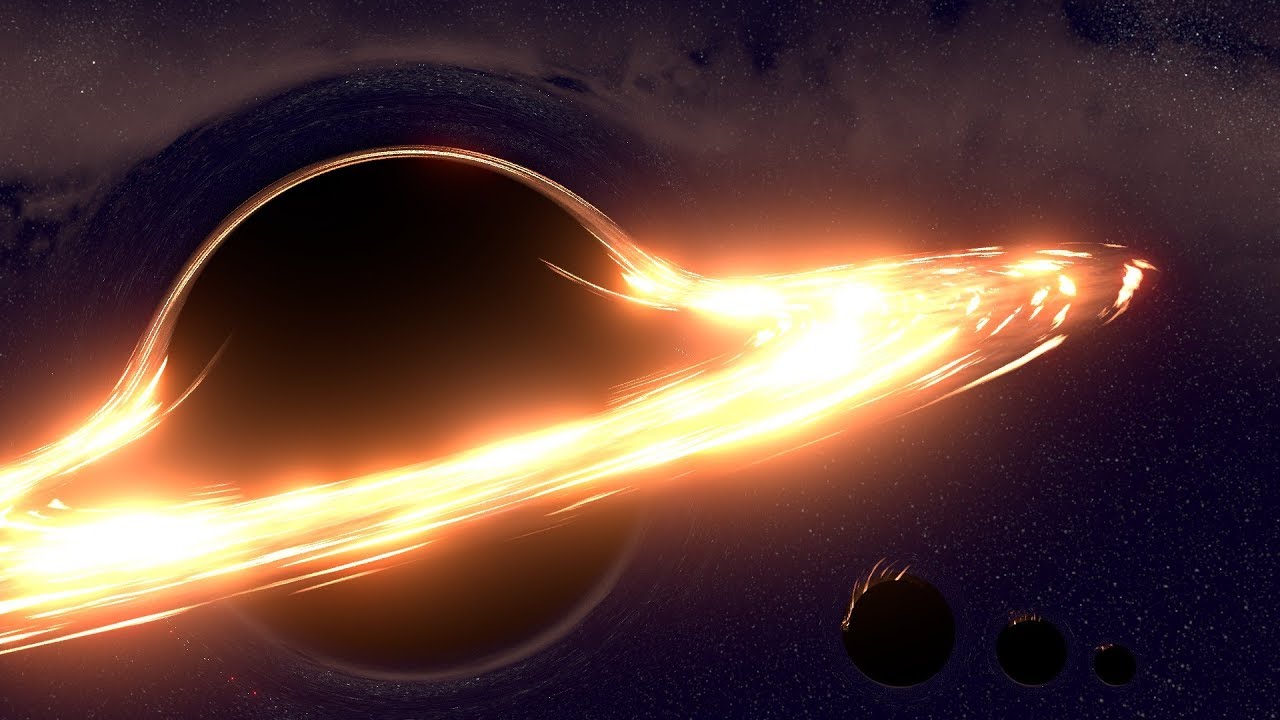 Source:
Source:
We just wrote about the ability of black holes to absorb almost any matter in the Universe. However, lately science has been able to discover a whole Arsenal of other various features of these objects. It turns out that not only can they move almost at the speed of light and to show signs of real space killers, destroying and devouring everything in its path, but also to demonstrate a much more flexible behavior than we are accustomed to expect from them. Today let's talk about what else can these objects.
the
A quick spin
For the first time, Scientists have precisely measured the rotation rate of a supermassive black hole. It affects 84% of the speed of light.
The Black hole of the galaxy NGC 1365, located 60 million light-years have amazed researchers with their characteristics. Its diameter is 3.2 million kilometers and its mass is approximately equal to several millions of solar masses.
During the rotation it literally warps not only space but also time, creating a blazing maelstrom of x-ray radiation, gas and dust falling into its depths. This whole matter, most likely, falls into a black hole from one direction, according to scientists, gives her such incredible speed.
theJoin groups
The biggest of astronomers discovered galaxies literally seeded supermassive black holes. They are so huge that scientists doubt that their progenitors are single stars. Scientists have long suspected that supermassive black holes can be born in dense star clusters consisting of groups of the dying binary stars or groups of more compact black holes, which eventually merge together to form these supergiants.
Interestingly, the assumption finally found a real confirmation. X-ray analysis of the center of the milky Way showed that directly in the center of our galaxy hides a very tight area, which can be up to 12 black holes rotating around a main Central black hole of the milky Way – Sagittarius A*.
In addition, the analysis showed that in total, the Central region of our galaxy can be located up to 20,000 black holes.
theto Throw matter the size of Jupiter (sometimes in our direction)
Theoretical calculations and computer modeling suggests that near the Central black hole of our galaxy – Sagittarius A* — can be a very massive star that every 10 thousand years is approaching very close to the hole, which last pulls out her finest substance, forming a long stream of red-hot matter. Part of this material is eaten up by the hole, and the other is ejected into space. However, some of this material remains relatively remote from the hole a distance and is able to merge into a ball the size of a planet. But the most interesting is not even that.
These clubs matter, in some cases, the size of our Neptune, and sometimes reaching the size of Jupiter, released in galactic space at a speed of 3.2 – 32.2 million kilometers per hour. According to the calculations of researchers, the developments of tidal destruction of stars in the cosmos will be thrown about 100 million such phone And maybe some of them will be aimed in our direction.
theto Hide the galactic past
A set of radio telescopes "Techniques large antenna array of millimeter range" (ALMA) has enabled scientists for the first time, to look well tor the black hole – accumulation of dust and gas revolving around the "mouth" of the galactic monster from the side reminiscent of a doughnut.
The Object of study is 47 million light-years away in the constellation Cetus. Thanks to the amazing power and sensitivity of ALMA, scientists have even calculated its width. It is about 20 light years. Watching tori black holes, the researchers can learn more about the past of galaxies. For example, the asymmetrical shape of the torus suggests that the galaxy might merge with another galaxy at some period of its history in the past.
theto Absorb the matter with incredible speed
The billion light-years away toward the constellation coma Berenices is a very bright galaxy PG211+143. Its brightness galaxy owes the Central black hole, which absorbs matter from outer space with incredible speed of 100,000 kilometers per second.
The Researchers found that the x-ray emission of this galaxy shows significant redshift, which can be explained by the motion of matter the galaxy straight into the side of the Central supermassive black hole with enormous speed about 30 percent of the speed of light. This gas is almost not rotating around the black hole, and moves directly to the center in a straight line, being incredibly close to the black hole the distance of only 20 dimensions black hole.
theto Wander through space
Astronomers have long assumed that black holes can sometimes be ejected from their galaxies. And very strong evidence of this assumption, as it turned out, is about 8 billion light years from us. It is quasar 3C 186, having a mass of one billion solar.
Researchers found that the quasar on all pairs tend to leave their native galactic cluster. According to calculations, the gas cloud quasar is carried away at a speed of 7.6 million kilometers per hour. Whenthis speed, for example, from the earth to the moon can be reached in just 3 minutes.
Astronomers believe that the reason for this "escape" the gravitational waves are the product of the merger of two supermassive black holes. As a result of this merger, they created a powerful shock wave, strength comparable to the simultaneous explosion of 100 million supernova, which literally pushed the quasar with his «familiar».
theto Steal from larger relatives
At the moment, astronomers not only confirmed the five events mergers of black holes and of the produced gravitational waves, but also singled out one of them, stand out from the crowd. We are talking about the merger of two black holes whose mass according to the forecasts, was supposed to be 10-15 solar. In fact, it turned out that the mass of both black holes is more than 20 solar masses.
After Analyzing the collected data the scientists came to the conclusion that both black holes have gained weight due to the fact that stealing "food" from a much bigger black hole, located in the neighborhood of the galactic center.
Before becoming a black hole these thieves were the two massive stars. In the course of stellar evolution, they collapsed into black holes and began to gravitate towards the galactic center, where there were already supermassive black hole, absorbing the surrounding gas and dust. Two "crumbs" have managed to steal part of the matter from the Central black hole and scored almost three times more mass from its original size before merge with each other.
theto Use a magnetic field to feed
According to astronomers, one of the main factors that determine the black hole mass can be its magnetic field. Exploring the galaxy, Cygnus A, located 600 million light years away, scientists have discovered in its galactic center is very strong magnetic field.
Further analysis showed that the black hole of Cygnus A is very active. Scientists believe that it is the most powerful extragalactic radio source in its constellation, which is created as a result of absorption of a hole in the surrounding matter. In this case, the researchers say, involved the active participation of its magnetic field, which attracts matter to the Torah of the black hole, and then in most its depths.
According to astronomers, the difference between active galaxies such as Cygnus A, and inactive galaxies such as our milky Way, lies in the presence and absence of a magnetic field.
theto Hide in tiny galaxies
In the galaxy Fornax UCD3 in the constellation Oven is only 100 million stars. This is a real baby compared to the same Milky Way, which presumably can be hundreds of billions of stars. The radius of the galaxy Fornax UCD3 is only some 300 light-years. Despite its tiny size, "ultra-compact dwarf" UCD3 is one of the densest galaxies in the Universe.
In its center is a supermassive black hole with 3 to 5 million solar masses. She is almost as heavy as the black hole Sagittarius a* at the center of our milky Way, whose diameter is about 150,000 light-years.
The Discovery of a black hole UCD3 was only the fourth case of the detection of supermassive black holes within ultra-compact galaxies. Astronomers have calculated that the share of the holes accounts for 4 percent of the total mass of the galaxy. Usually in any other case, this share is only 0.3 percent.
Scientists suspect that early galaxy UCD3 was more, but the proximity to a larger galaxy Fornax UCD3 has deprived large numbers of its stars, turning to the dwarf.
theto Eat our Sun for two days
Astronomers have discovered a surprisingly voracious black hole, born about 12 billion years ago. Discovered quasar every other day absorbs the mass equivalent to one solar. Because of this appetite, the black hole is growing so fast that its radiation is thousands of times brighter than an entire galaxy. The radiation occurs due to heating of matter and gases, which it absorbs.
Scientists have not yet figured out how the black hole of the "dark ages" so rapidly has gained her a lot, but understands its potential.
If that monster was in the center of our milky Way, its brightness exceeded 10 times the brightness of the full moon in the sky. The object would be so bright that it eclipsed the light of the larger number of stars in the sky, and would have killed us all his x-rays.
To Discuss the article .
Recommended
The Americans on the moon: what everyone should know?
the Upcoming cosmonautics day is my favorite holiday. It marks the triumph of the human mind: in just four thousand years Homo Sapiens went from hunter-gatherers to space explorers. 12 April 1961 Soviet cosmonaut Yuri Gagarin became the first man in ...
Why are some galaxies spiral shaped?
you Know what surprised me the most? The fact that we perceive the surrounding world as it is. Animals, plants, the laws of physics and the cosmos are perceived by many people as something so mundane and boring that they invent fairies, ghosts, monst...
Astronomers were able to see the death of another star system
In the cosmic ocean drifts a lot of mysteries about the existence of which we are unaware. One of these was uncovered five years ago, when astronomers have discovered a lonely star at a distance of 570 light years from Earth, the brightness of which ...
Related News
Where methane on Mars? The answer here will be given
Researchers of the planets was very close to solving the riddle of methane on Mars. New calculations can help to explain why the Mars Rover "Curiosity" captures the rise of the level of methane in the Martian atmosphere during Nor...
NASA wants to send people to Venus. Why it's a great idea
the Popular science fiction of the early 20th century, portrayed Venus as a kind of wonderful world with pleasant temperatures, forests, swamps and even dinosaurs. In 1950, the Hayden planetarium at the American Museum of natural ...
The launch of the first Chinese missiles created by a private company, failed
After Western aerospace companies like Blue Origin SpaseX and their Eastern colleagues decided to explore the sector the launch of rockets by private, not public corporations. The pioneer in this case would be China, which last we...
Scientists have discovered traces of new satellites of the Earth
Thanks to the astronomical research, scientists detect new satellites even in the long-known planets. For example, in July 2018, the gas giant Jupiter was found already and is now their total number is 79 — more than any other pla...
NASA used an "antiquated" method to fix the space telescope "Hubble"
NASA Engineers have resorted to the old and proven, but highly original for spacecraft method to return to the work of the failed space telescope "Hubble". Recall that the space Observatory due to the failure of the important deta...
Flash red dwarfs can destroy alien life
In 2014, scientists announced that red dwarfs — . We are talking about planets with a mass less then 20% of the size of the Sun that can sustain life on nearby planets. Recent studies by NASA bear the bad news perhaps life on thes...
The failed NASA telescope will resume this week
On our site we told you that one of the telescopes, the us space Agency NASA called "Chandra" has recently crashed. It was not clear what will happen with the machine on. Nominated even the assumption that the telescope will no lo...
Spacecraft sent to explore mercury, sent the first photo
October 20, 2018 the European Space Agency (ESA) has launched a rather interesting mission BepiColombo, in which several spacecraft headed for mercury in order to learn more about the nearest to the center of our Solar system the ...
China plans to launch satellites, which will cover the city streets
every day for lighting the city streets at night to spend huge sums in the interests of economy and ecology would these amounts be reduced. But reduce the quality of light or number of lights is not reasonable from the point of vi...
"Wormholes": Russian physicist proposed an explanation of the geometry of the wormhole
a Wormhole, or as it is commonly called, a wormhole scientists are in a tunnel located between the two whirlpools of light. In reality, no one in the scientific community does not know how to actually could look like these objects...
China wants to get into Earth orbit of an artificial "moon"
Authorities in the Chinese city of Chengdu, capital of Sichuan province, announced bordering on the fantastic plan to put into orbit an artificial «satellite-the moon». Local media, citing Chinese engineers report that t...
Rocket Lab will build another platform for launching space rockets
recently the field of space exploration is increasingly moving from the state to private companies. Quite successful doing from companies such as SpaceX, Virgin Galactic and Blue Origin. But in this market there is another fairly ...
Telescope Chandra continued to work after a week hibernation
Recently, space Agency NASA has detected a fault in the telescope "Chandra". The damage was found in the gyro because of the same problem weeks earlier was off the telescope "Hubble". Changing the position of the solar panels and ...
Ambitious and crazy Elon musk plans to colonize Mars in the next century
Elon Musk dreams of colonization of Mars. In these dreams he began to take in the early 2000-ies, when he founded the private space company SpaceX. But what was the surprise and disappointment at the same time young at the time st...
Because of the accident "Soyuz MS-10" MKS may switch to unmanned mode
in the Afternoon of 11 October, the spacecraft "Soyuz-MS-10", launched to the International Space Station . According to Roscosmos, at 119 seconds into the flight there was a sudden shutdown of engines of the second stage. The cre...
In the center of the galaxy NGC 2356 found a huge amount of dark matter
a New study conducted by astronomers, indicates that the galaxy NGC 2356 has a significant amount of dark matter in their Central region. The work presented in the paper on October 2 arXiv.org can challenge a modified theory of Ne...
The rocket "Soyuz" after the start emergency shut down engines
Today at 11:40 (hereinafter specified Moscow time) launch site «Baikonur» the launch of the craft «the Alliance-MS-10» booster «the Union-FG». The ship was heading to the International space station, ...
The orbits of the detectives got on the trail of long-lost Sun planet
Our Solar system is the scene of the crime by the age of 4.6 billion years. Cratered surface, shifted the orbits of the planets and streams of interplanetary debris is the cosmic equivalent of blood stains, rasplakalsya on the wal...
Icy moon of Jupiter covered with sharp 15-meter spikes
the Satellite of the gas giant Jupiter Europe is of great scientific interest. Under the icy crust of the moon is a vast ocean in which water can be even more than any earthly. Water availability is one of the indicators of the po...
The head of Virgin Galactic in the next few months will fly into space
Virgin Galactic, the Company aimed at the market of space tourism services, is getting closer to its cherished goal. In a recent interview with CNBC, the CEO, British billionaire Richard Branson said that Virgin Galactic is "very ...



















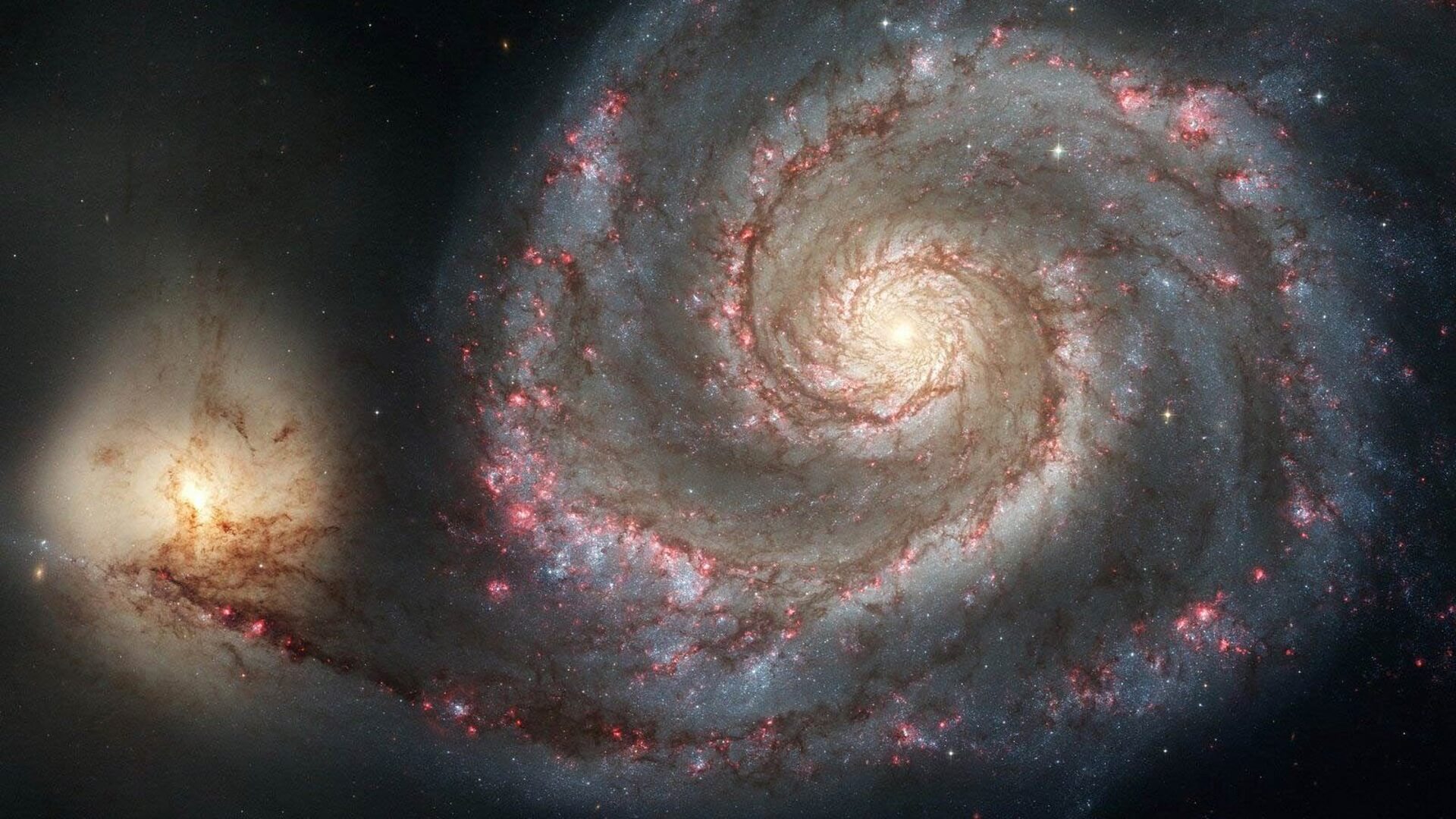
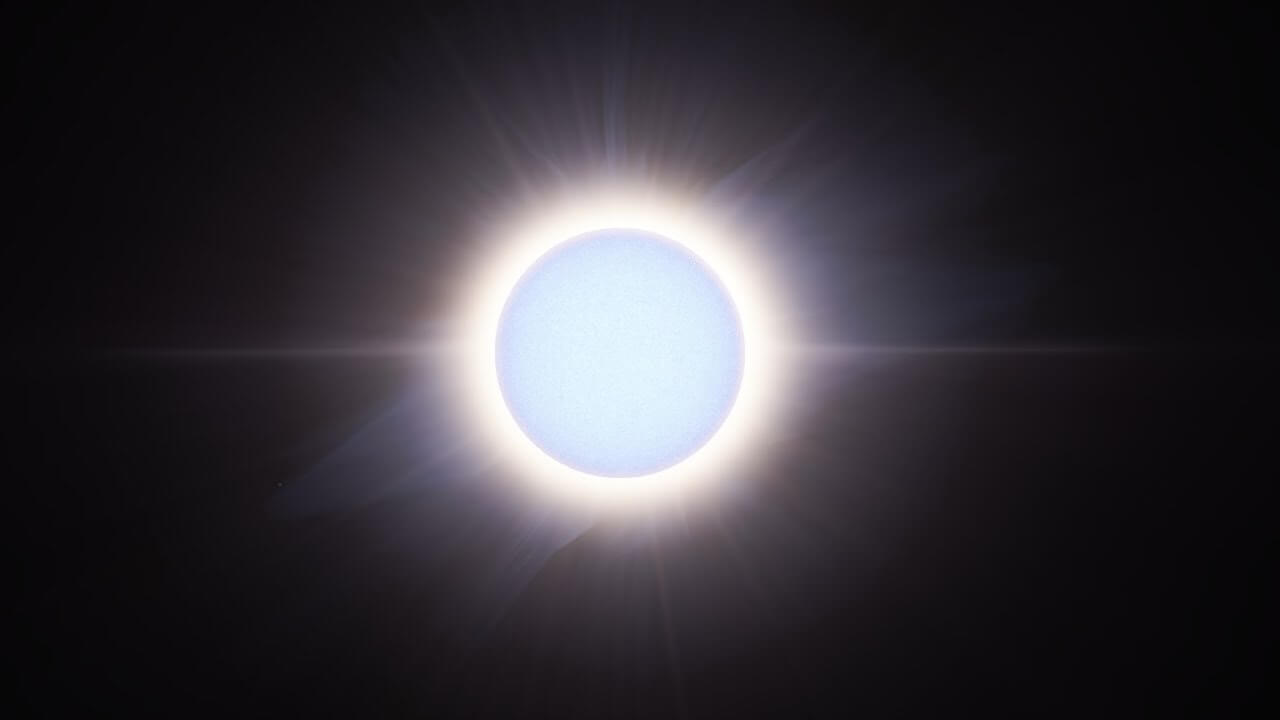
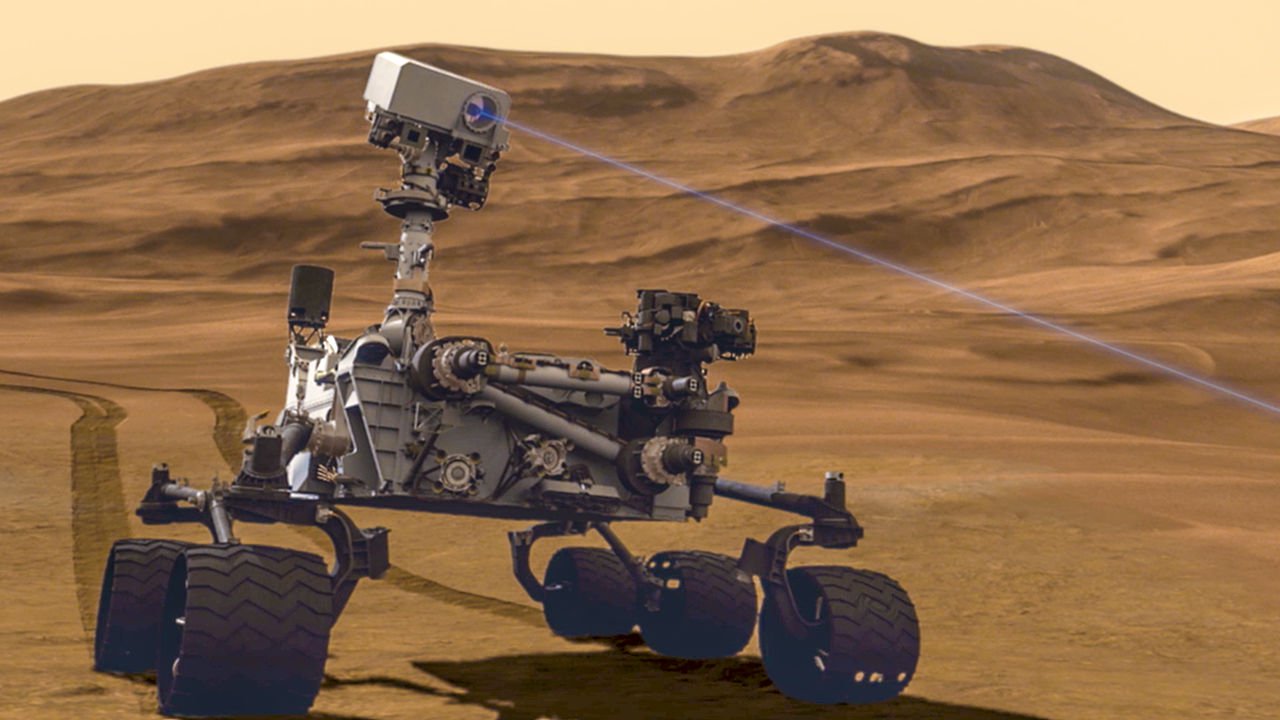
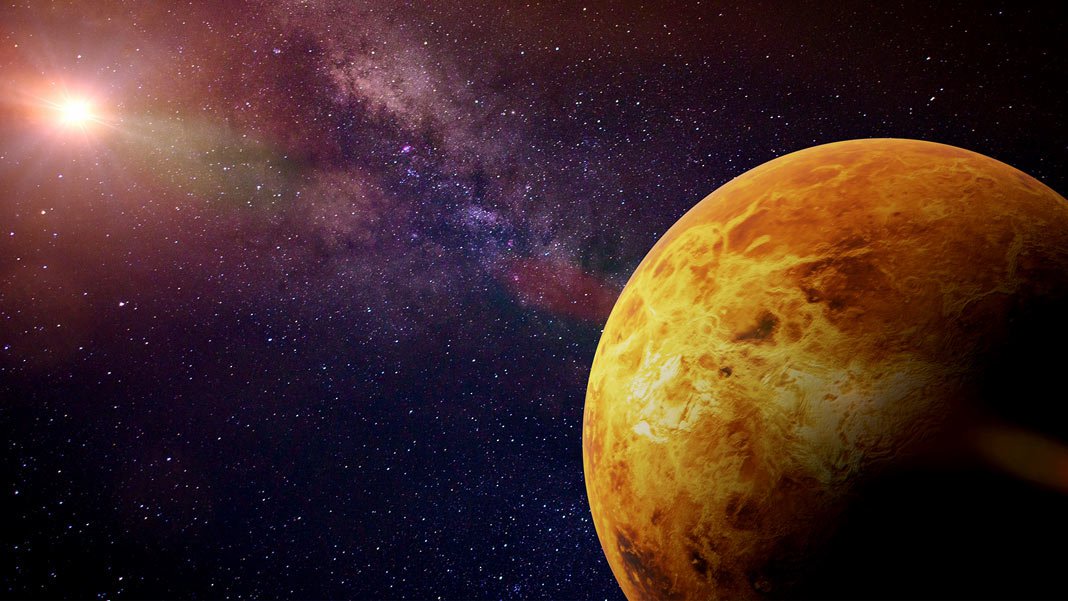
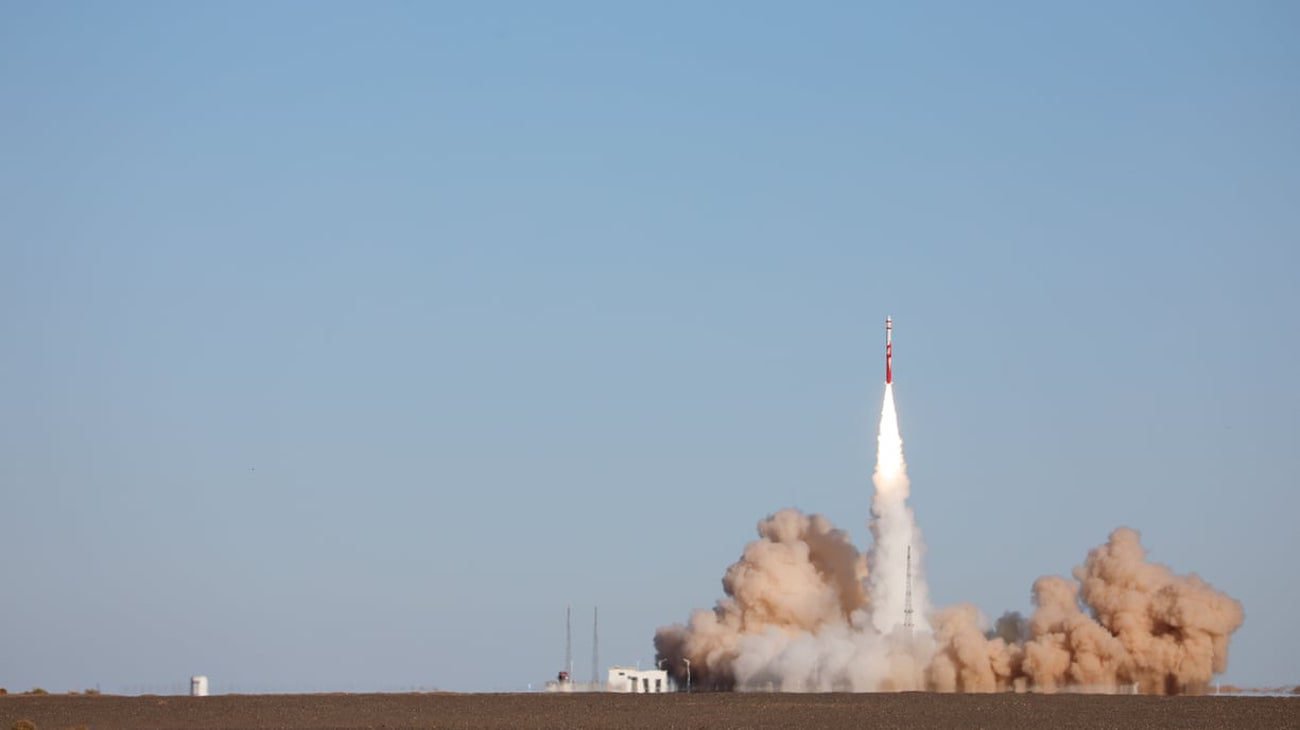
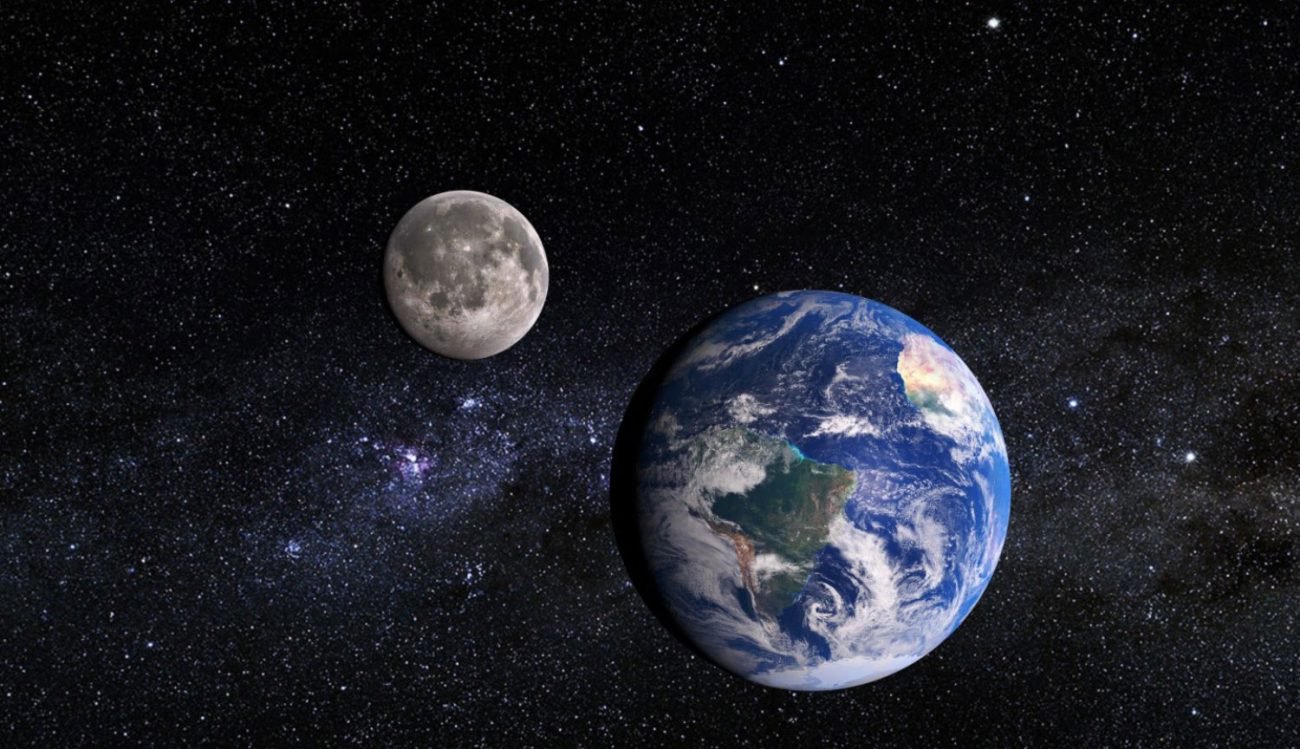
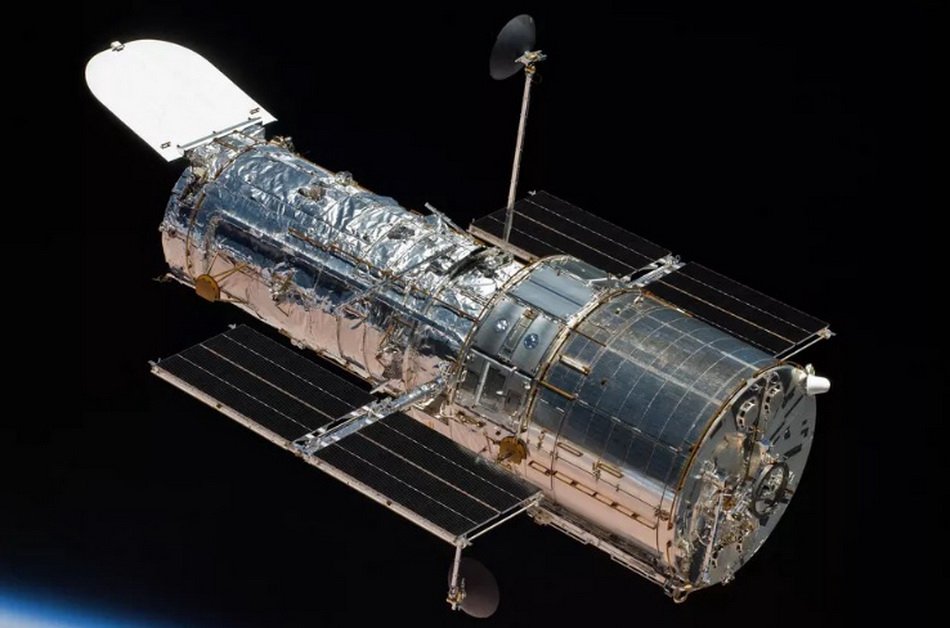
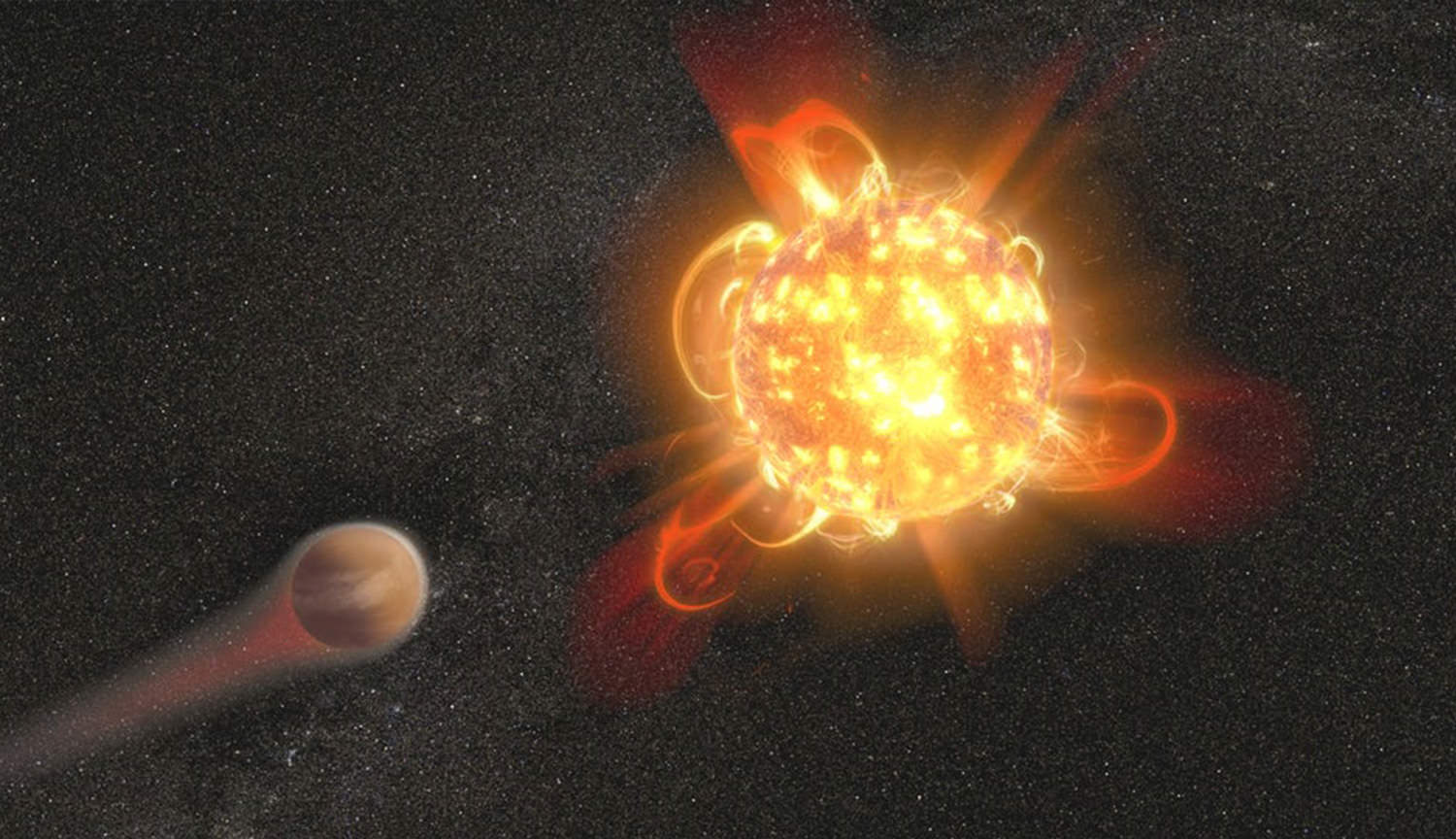

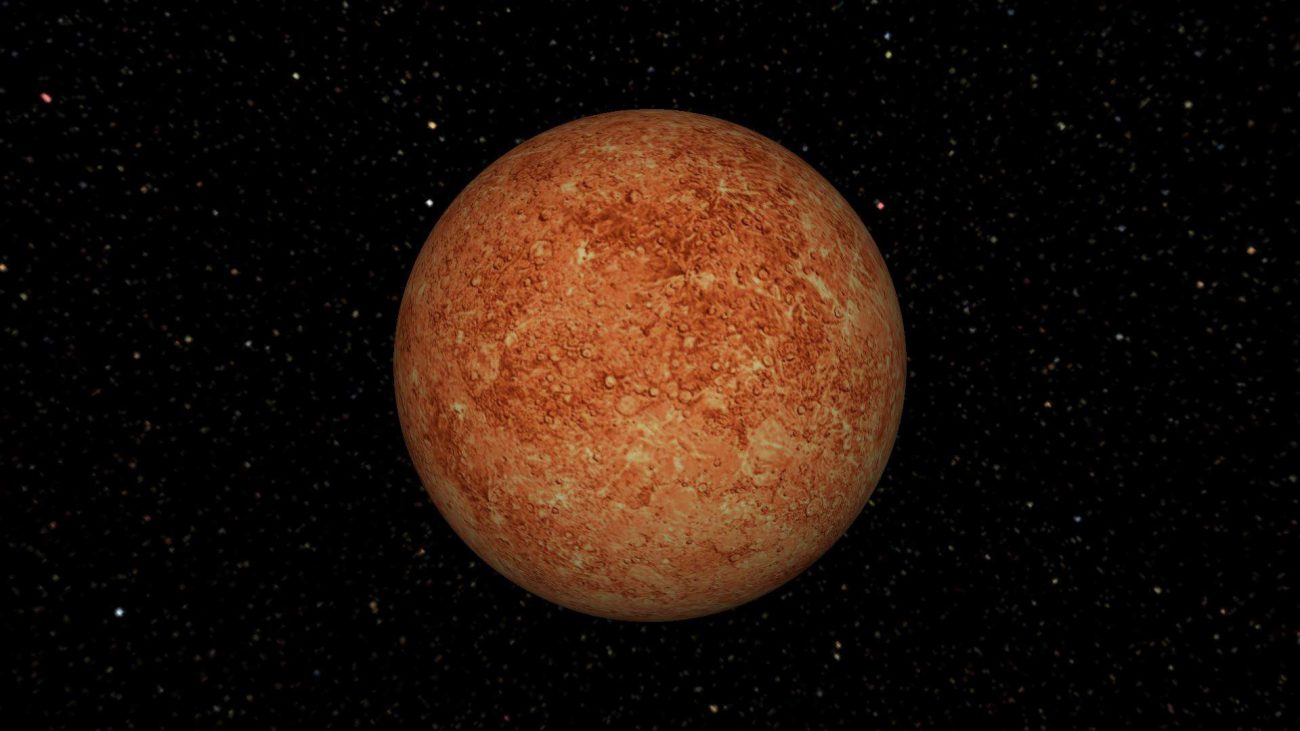
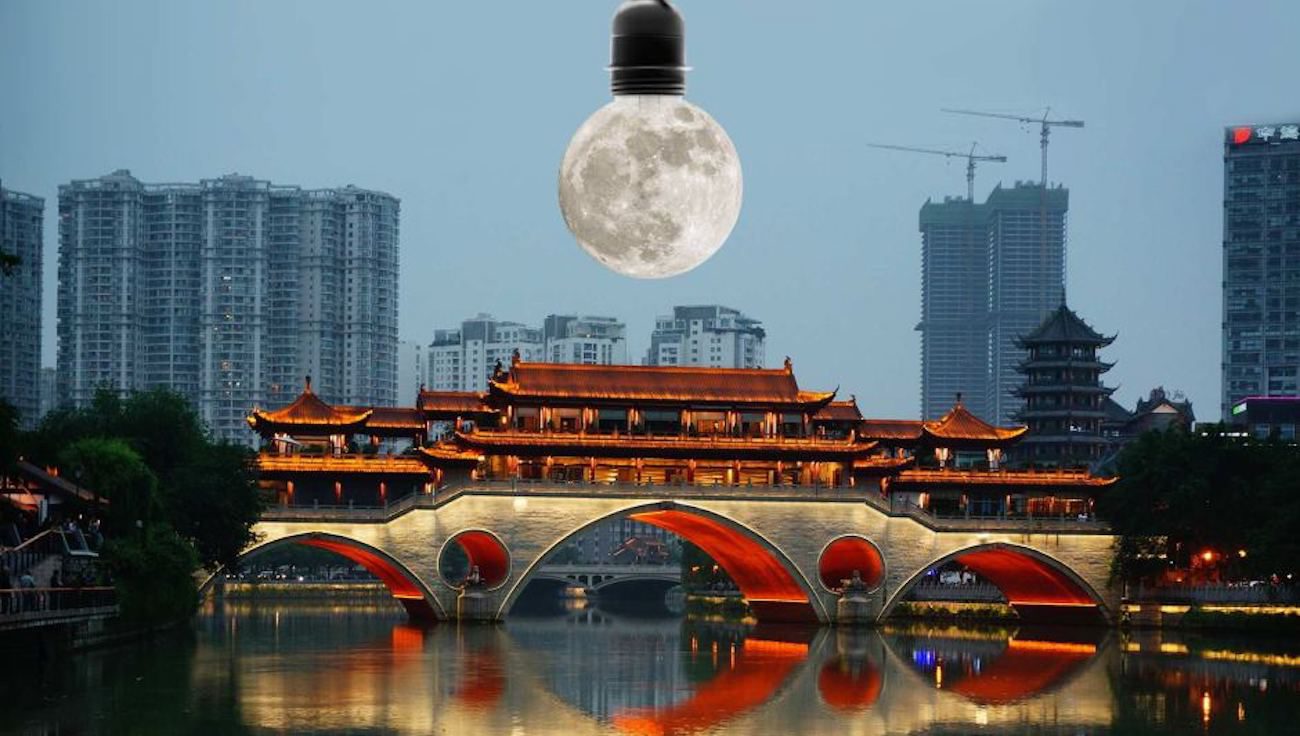
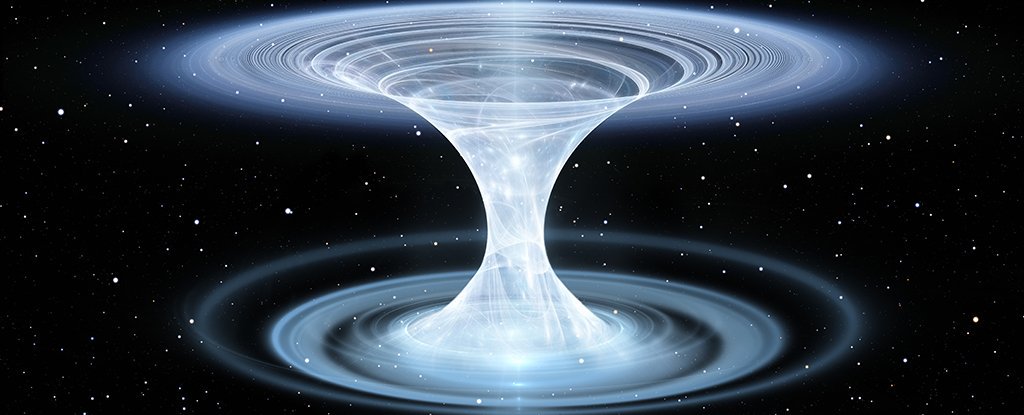

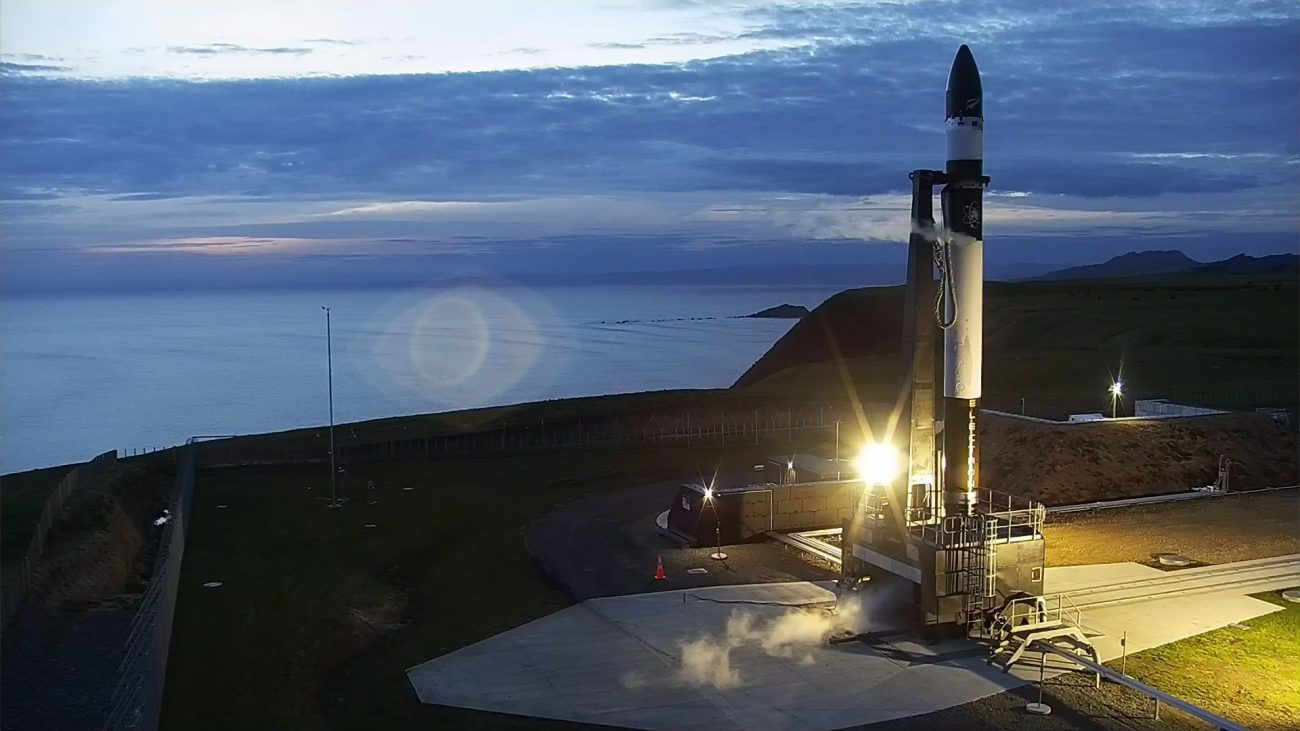
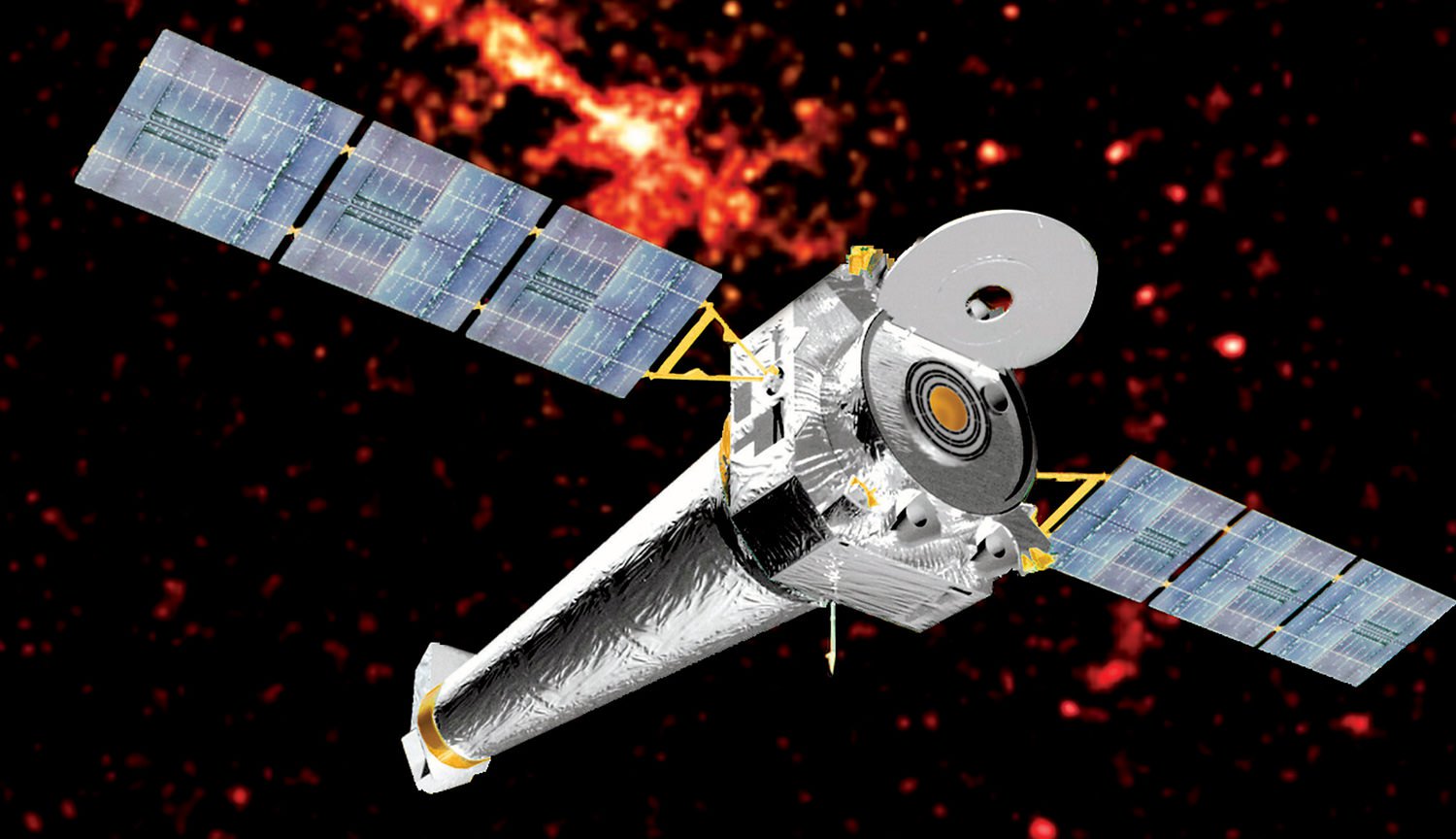
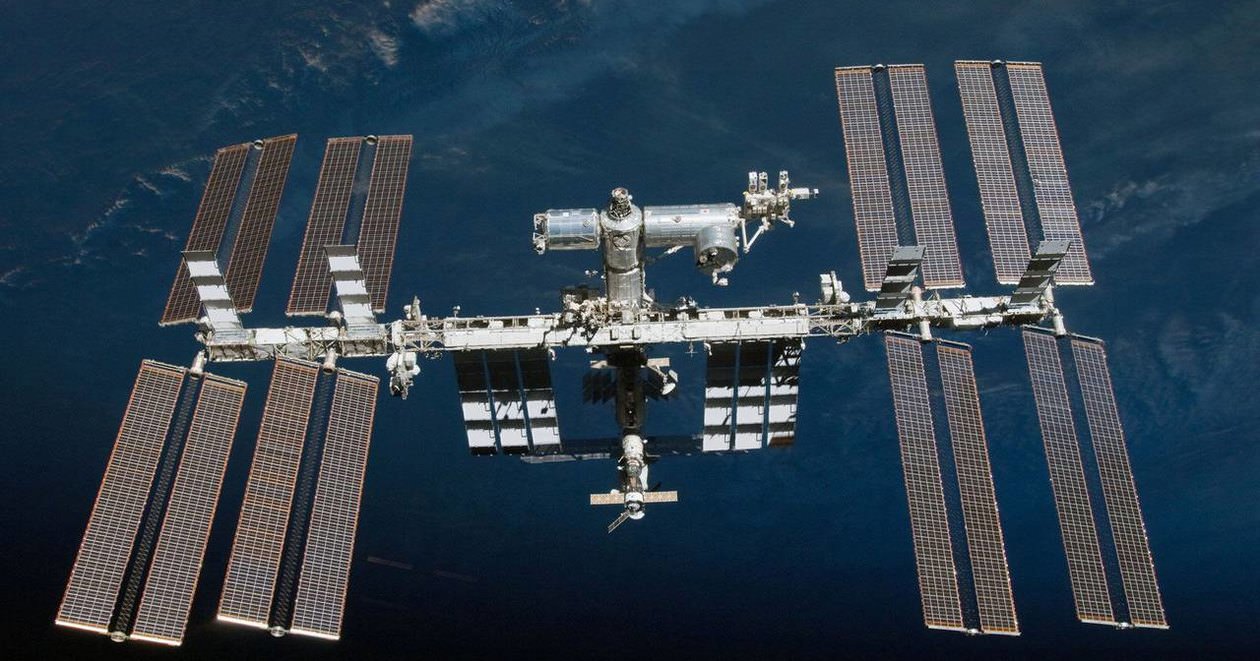
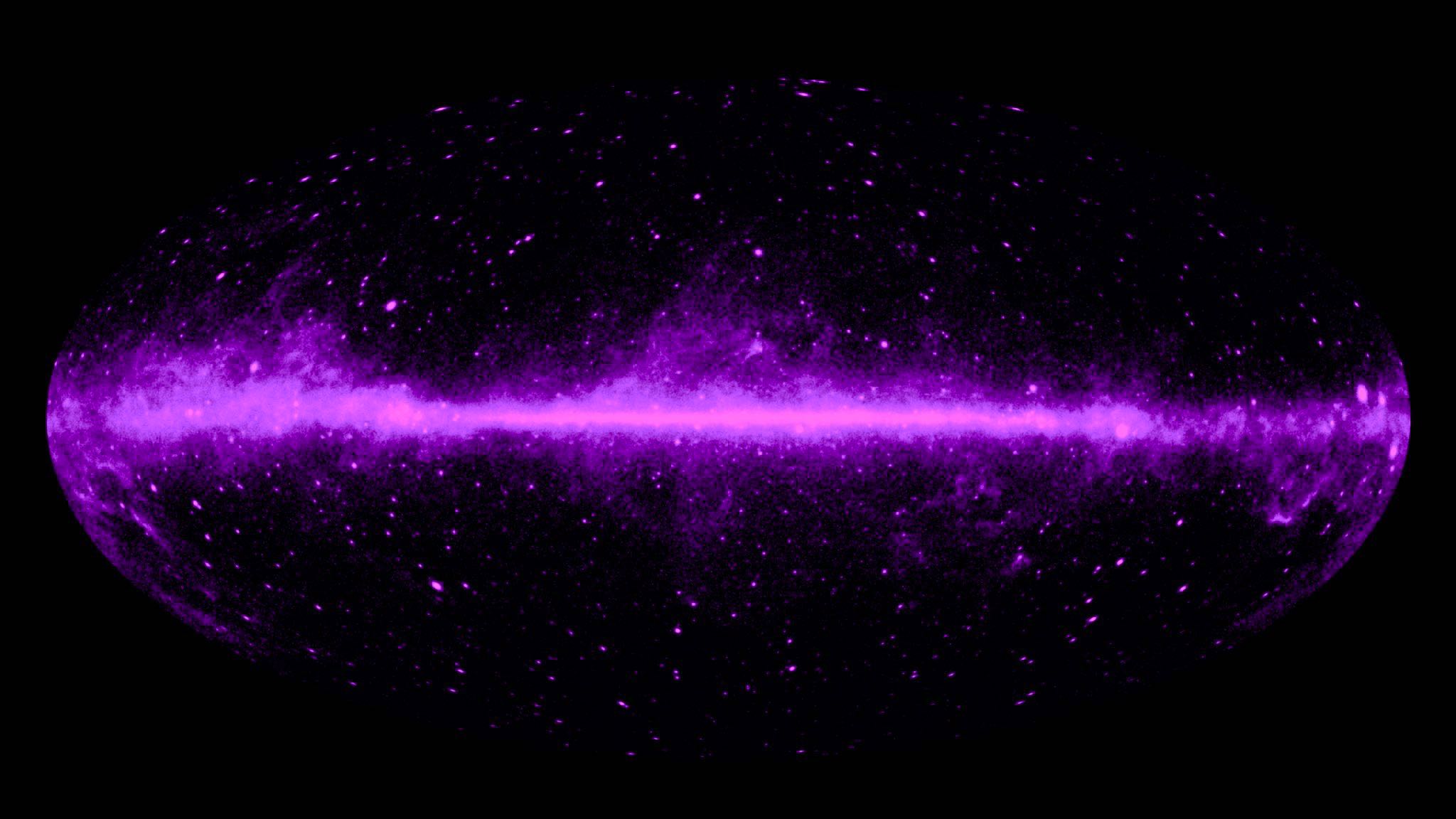

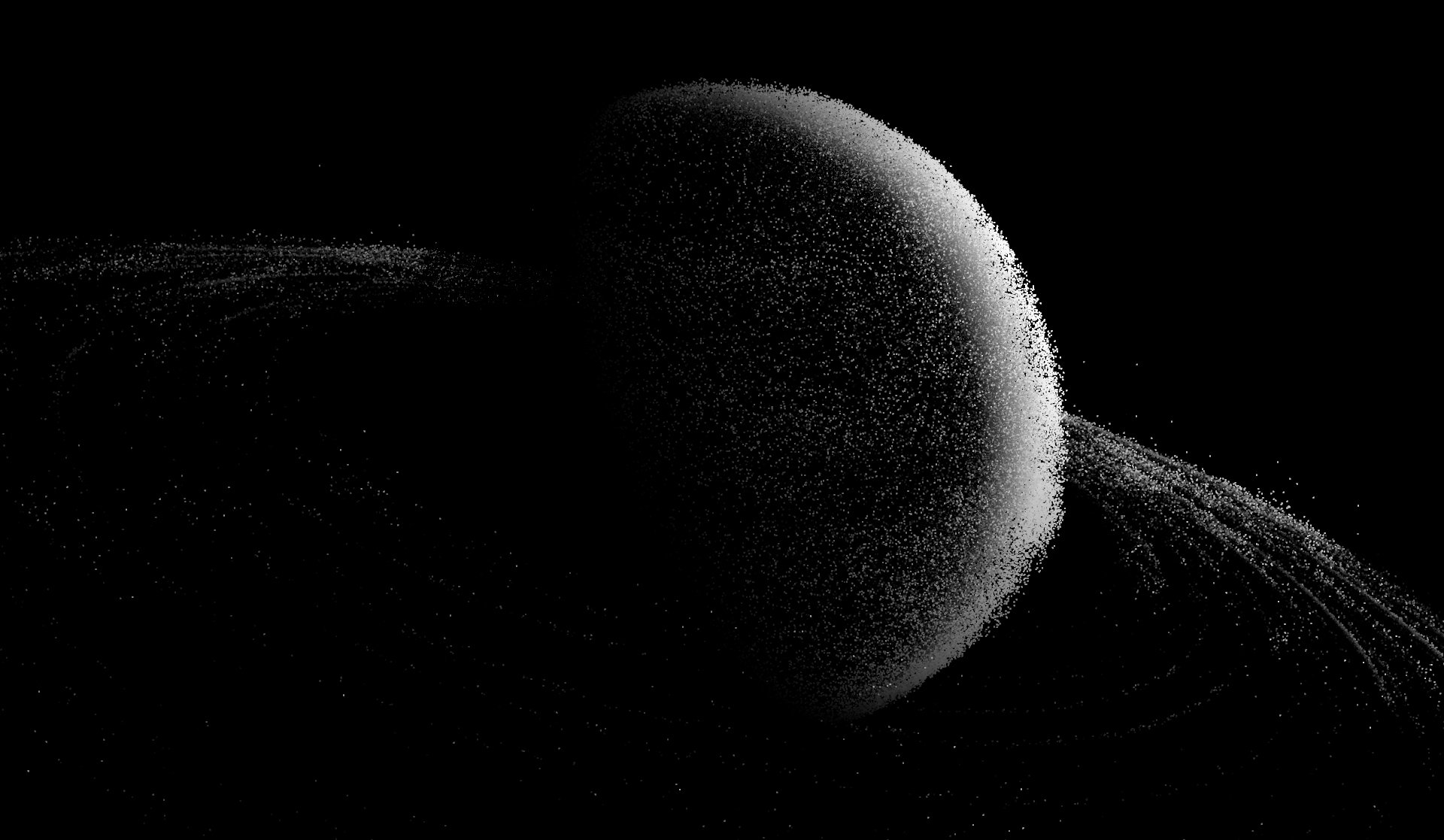
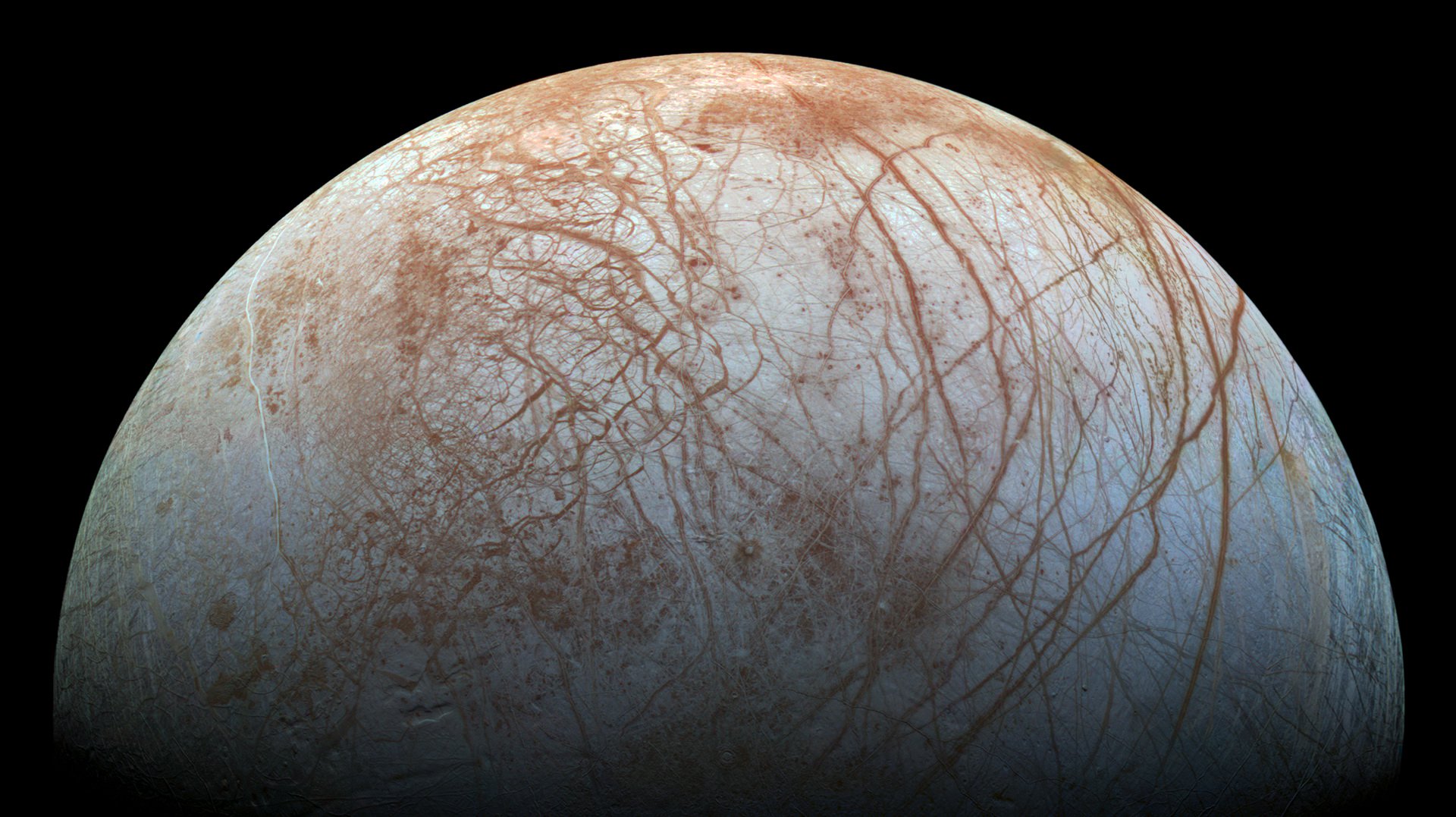

Comments (0)
This article has no comment, be the first!